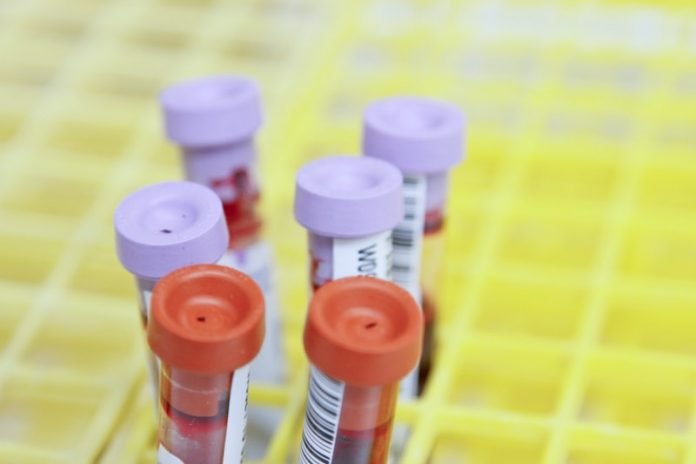
In a new study from the University of Tokyo, researchers found a new diagnostic that could help identify COVID-19 patients at risk of organ failure.
They found an unusual presence of excessive platelet aggregation—an early indicator of microvascular thrombosis (blood clots)—in close to 90% of the patients.
People knew from autopsy data that multi-organ microvascular thrombosis is a factor in COVID-19 related deaths, but the underlying physiology with regards to platelet aggregates and morphology was an unknown.
In the study, the team used a new technology that combines fast imaging hardware with data analysis to measure and characterize platelet morphology distribution from COVID-19 patient blood samples.
They found strong links between the concentration of platelet aggregates and the severity, mortality, respiratory condition and vascular endothelial dysfunction level of the COVID-19 patients.
The technology generates data within a matter of hours and may permit medical staff to determine patients at risk for blood clots and organ failure.
The team says doctors will need these types of measurements going forward, to monitor disease progression, to study complications from long-haul COVID-19, and to develop and test drugs that can prevent the blood clots from forming in the first place.
If you care about COVID, please read studies about Pfizer vaccine may protect against new COVID-19 variants, and findings of new drug combo to beat Delta variant.
For more information about COVID and your health, please see recent studies about scientists develop ‘warm vaccine’ to fight all COVID-19 variants, and results showing that this drug can block multiple COVID-19 variants.
The study is published in Nature Communications. One author of the study is Keisuke Goda.
Copyright © 2021 Knowridge Science Report. All rights reserved.



